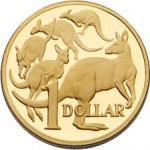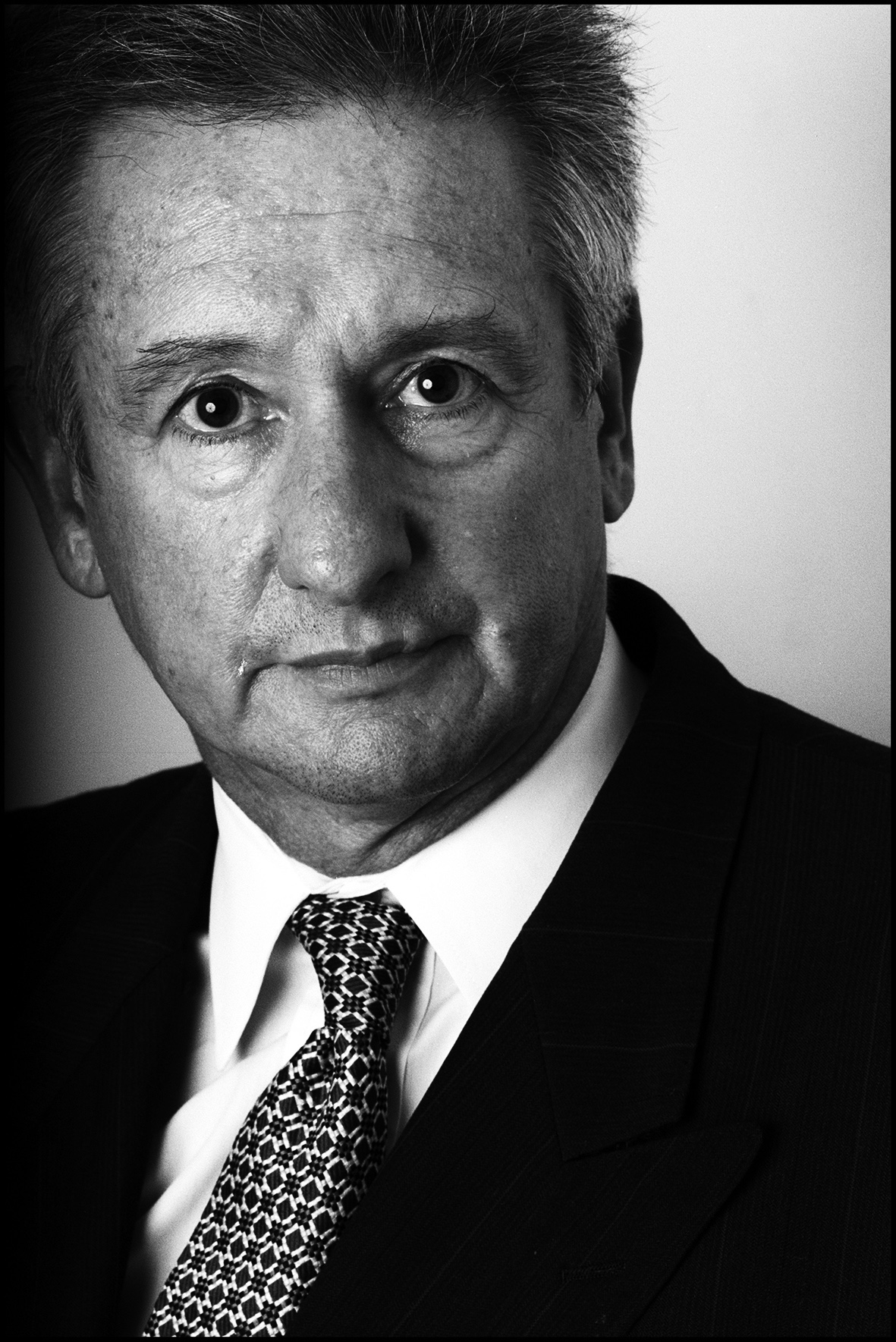DATA NEWS We love data!
Tradies to rescue the economy?
The federal election might have dampened consumer confidence it didn’t seem to stop people putting a new vehicle in the driveway. The Australian car market is well on its way to having a record year if the six-months figures continue.
In June 128,569 vehicles were sold, taking the half-yearly total to 598,140, which is 3.4 per cent above the same period last year. But it’s the make-up of those sales that makes for interesting reading.
We all know people are buying Sports Utility Vehicles like never before. Whether they believe they are safer or just because Australia’s roads are so bad the figures don’t lie. Sales of sports utility vehicles are up 8.9 per cent from the same month a year earlier and 18.2 per cent increase compared with June last year.
But it is the four-wheel-drive commercial pick-ups and cab-chassis that are really setting the pace now – up 5.9 per cent on June 2015 but 16.4 per cent month on month. Tax breaks on items like vehicles to business with turnovers from $2 million to $10 million are believed to set this market on fire.
You only have to look at Australia top selling vehicles tin June to figure it out: The most popular car was the Hyundai i30, with 6432 sold, followed by the Toyota Hilux on 4613 and Toyota Corolla on 4427.The Toyota Hilux!. We must be having a ‘tradie’ led recovery.
HOUSING
But if all those tradies work in the building industry they are facing a decidedly weird future.
Sydney and Melbourne established house prices are holding up, but some areas in the new apartment market are beginning to look shaky with off-the-plan investors taking losses on the chin. There are also reports of developers having to pay more for finance with the Big Four banks shutting the lending window.
Figures out this week also show the rental market under pressure. CoreLogic is reporting a 0.6 per cent decline in rents led by Perth and Darwin compared with an increase of 1.1 per cent in full year 2015.
CoreLogic attributed the decline to the softest wage growth on record, high levels of investment in housing, a boom in residential construction (mostly new apartments) and slowing population growth.
With yields now approaching 3 per cent in major capitals, investors are faced with unpleasant choices. They can hunt for better returns in other cities, look for alternative investments altogether or try and increase rents. Yields will of course self -adjust if prices fall.
MIGRATION
And the latest migration figures won’t be coming to the rescue of the building market anytime soon. CommSec is reporting that over the past year, net permanent and long-term arrivals to Australia totaled 263,920 – that’s lowest level in nine years (March 2007).
The good news is that Chinese tourism rose to a record 1.36 million year-on-year, up 21 per cent and there’s no doubt the tourism will keep growing into the future.
But Capital Economics put some sobering perspectives on these number during the week by pointing out that while “exports (of services) themselves could experience a period of impressive growth over the next decade, the most likely scenario is that they will provide a reasonably small boost to the level of gross domestic product of around 0.1 per cent a year.”
Capital Economics calculated the resources boom added as much as 0.3 per cent to gross domestic each year over the past 10 years.
 Capital made some interesting observations on the impact of tourism particularly from China and India. The most obvious was how many people from those markets could actually afford to travel and secondly how many actually held passports?
Capital made some interesting observations on the impact of tourism particularly from China and India. The most obvious was how many people from those markets could actually afford to travel and secondly how many actually held passports?
In India and China it is currently only about 5 per cent. In most western countries the number hovers between 25 and 50 per cent. Of course 5 per cent of Chinese or India’s populations of around 1.3 billion is still a lot of people, but it demonstrates the challenges facing Australia as it transitions away from the resources boom.
Capital estimates the number of tourists coming to Australia from those two countries would have to double before having a real impact on GDP.
WHAT ABOUT GROWTH?
The last quarter’s growth number, which put a 3 in front of GDP, was a welcome relief to a slowing economy but will it last? Some economists have questioned the lumpiness of the numbers and pointed to the export contribution and whether it will continue. It was not encouraging to see a Australia’s trade deficit widening from $1.79 billion to $2.22 billion in May. It was the 26th consecutive monthly deficit.
WHAT ABOUT RATES?
The Reserve Bank left the cash rate at 1.75 per cent at its last meeting but noted: “Over the period ahead, further information should allow the board to refine its assessment of the outlook for growth and inflation and to make any adjustment to the stance of policy that may be appropriate”.
Inflation and unemployment data are due second week of July and the RBA board meets again in early August.

